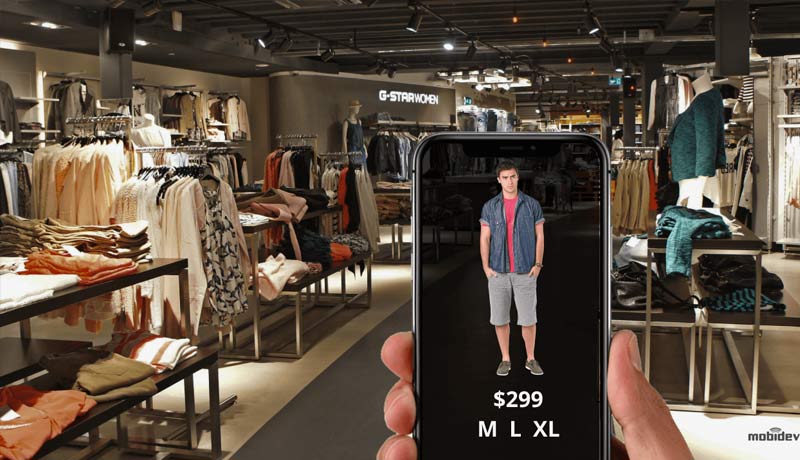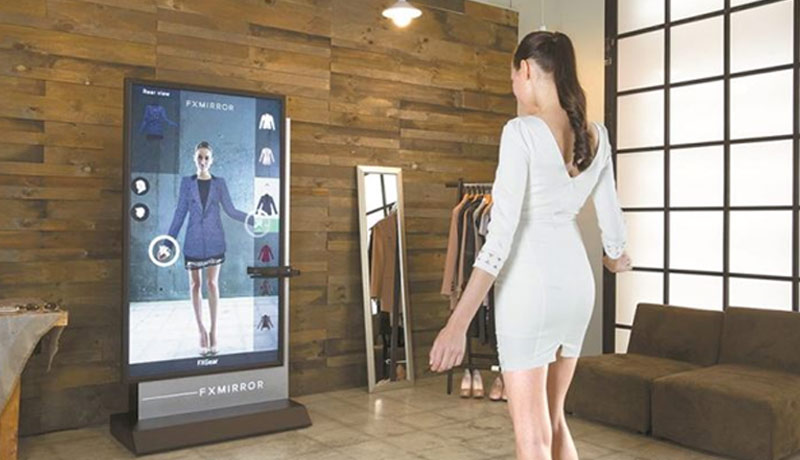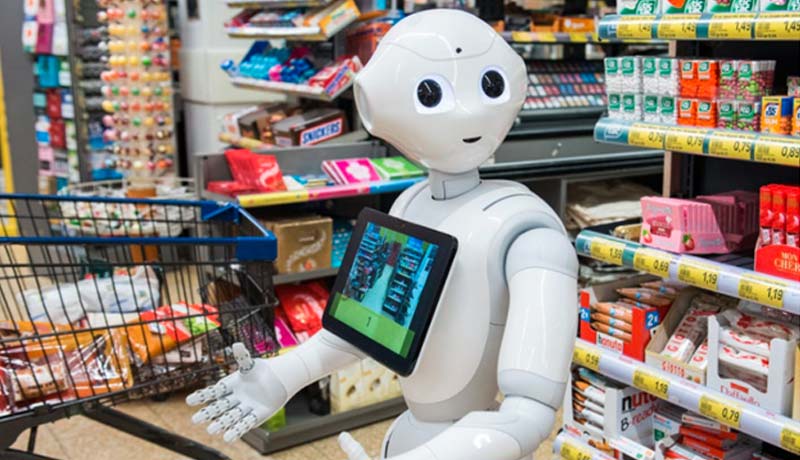
A period of unprecedented change is transforming the retail industry. As emerging technologies continue to disrupt markets, customer experience is fast becoming the currency of the future.
From inventory management to customer service, artificial intelligence (AI) and automation technologies have radically changed the retail experience. Data analytics is also being incorporated into every touchpoint of retailers’ business, from store optimization to sales predictions. With the advent of emerging technologies, consumers’ expectations are going up as they become more accustomed to their effects on the buying experience. Here are some trends we could see in the future:
It is vital to stay on top of the market by taking advantage of these shifts.
Demand forecasting relies heavily on data. By utilizing machine learning, customer demand forecasting becomes considerably more accurate. Automated demand forecasting, inventory planning, and customer and supplier relationship management, logistics, manufacture, and marketing are all improved through these innovations.

Gartner predicted 100 million consumers would embrace augmented reality by 2020 and were proven right. 90 percent of people engaged with AR in 2020. In 2021, augmented reality has tremendous potential to transform the retail industry.
The use of virtual fitting rooms is one of the most interesting applications of augmented reality in retail. While trying-before-you-buy is more challenging during the COVID-19 pandemic, augmented reality is uniquely positioned to help consumers decide which products to buy.
Retail trends that eliminate cashiers and staff will be critical for 2021 since social distancing will remain beneficial to protecting public health. An organization that provides weighing technologies surveyed consumers to determine how the COVID-19 pandemic impacted shopping trends. Customer preference for stores with self-checkout or contactless options was 87%.
It is possible to accomplish this goal by using RFID tags, computer vision systems, machine learning, sensors, and facial recognition. Amazon’s Just Walk Out system, powered by Amazon Go Grocery, utilized technologies like these.

The retail industry is beginning to show its relevance to robotics and autonomous technologies in 2021, despite their traditional role in science fiction. A supermarket chain, Safeway, is using driverless carts to deliver groceries to local residents. A robot for Uber is also being developed by Serve Robotics, formerly Postmates X. In addition, Walmart will introduce autonomous delivery trucks at the end of this year.
NLP and AI continue to progress in 2021. Various improvements have been made to the consumer voice assistant market by Google Assistant, Alexa, and Siri, the three main frontrunners. Because they don’t require a screen to function, their usefulness has expanded beyond what was previously possible. They only need to be able to recognize your voice to work.
An excellent example of how this technology is being used is Walmart’s Voice Ordering service. Adding products to a shopping cart with smart speakers can be done by just speaking to the device. The items can then be picked up by Walmart workers.
COVID-19 has been an immense challenge for the retail industry, but technology has led to significant progress and improvements over the next two years. Through the tools of machine learning, data science, computer vision, and augmented reality, the challenges of 2020 have been turned into opportunities.

This story is attributed to Omar Abdulla, Content Developer at TECHx. Omar Abdulla is a university student with a passion for business, artificial intelligence, and technology. He is also knowledgeable about digital marketing, content creation, financial management, and coding. Omar is a team player, an active thinker, and an open-minded guy who approaches work with a problem-solving attitude. He possesses technical skills in programming and design.